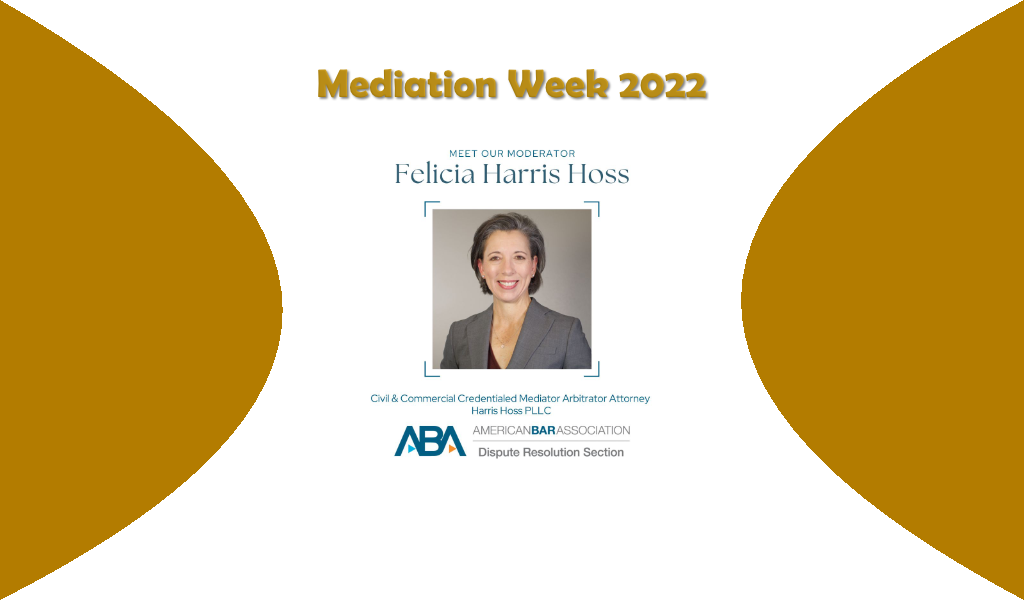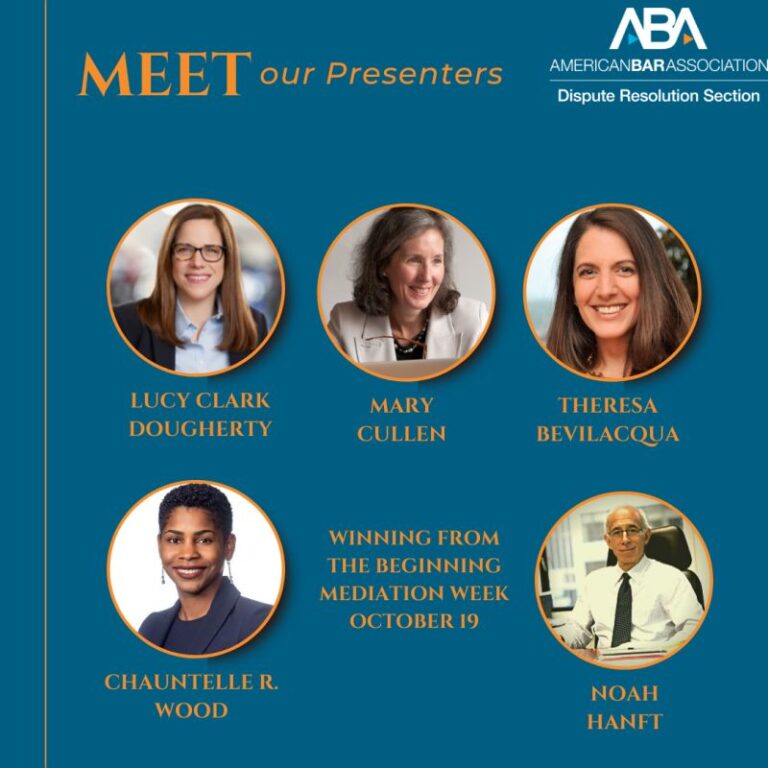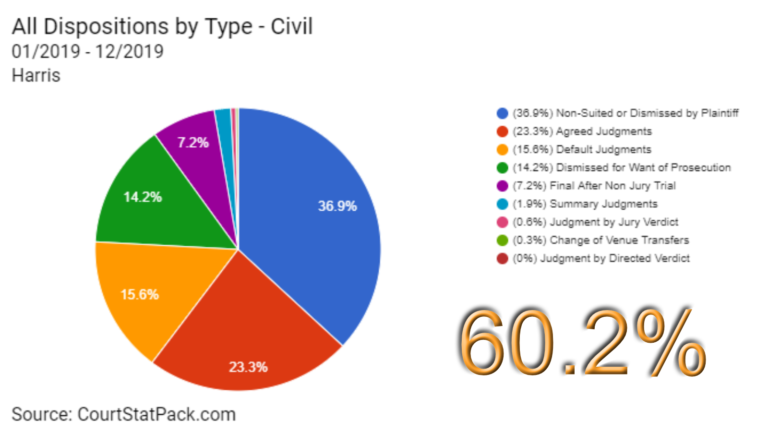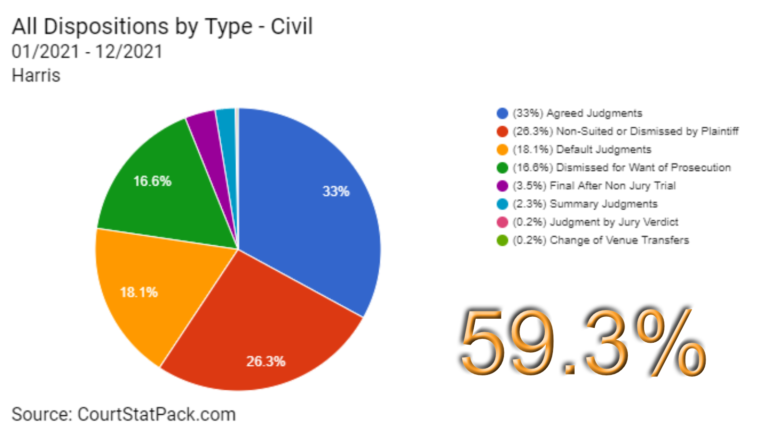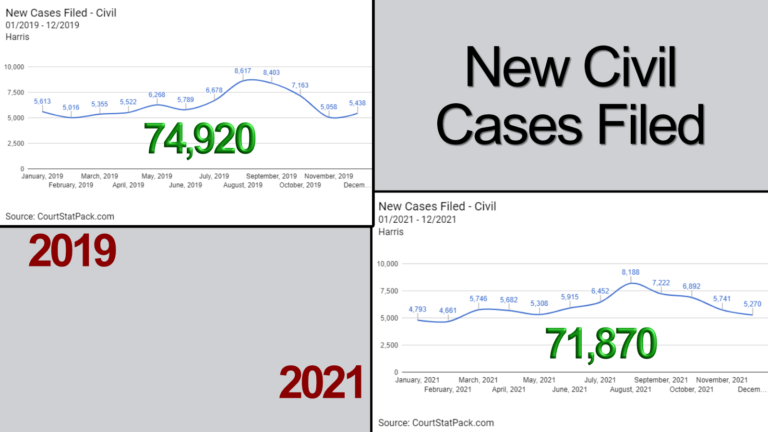If offered a Heineken, I'd say ...
… “No, thank you.” It’s nothing personal, I just prefer other refreshments.
But the 2017 Heineken YouTube video “Worlds Apart” is an insightful example of how empathy and humanity can open doors for meaningful conversations on the road to understanding. Which makes me say “yes” to watching the video.
If you haven’t seen the video, in it Heineken brings together strangers with strongly-held opposing viewpoints and asks them to follow directions on how to complete a task together. The task: building a bar. Heineken provides the materials with instructions on what to do with them. While they understand the goal of working together to build the mystery object, what they don’t know is that they have opposing viewpoints on topics important to them.
Once the bar is built, the participants are directed to stand next to each other and shown videos of each other expressing their viewpoints. They are then given a choice: either leave the room without speaking or sit at the bar they just built and discuss their differences over a Heineken beer.
What follows is an inspiring display of how the common experience of building the bar humanized the divergent viewpoints. And with a bit of empathy we watch each of them sit down and share their perspectives in a respectful and open-minded way. While acknowledging their differences, they listen to each other, and find common ground.
What does this have to do with mediation?
Sometimes disputants seem to be so focused on winning their conflict that they lose sight of theirs and their opponent’s humanity. This can be especially notable in cases between strangers. But it happens too in disputes between friends, business partners or colleagues, and even family. They are so caught up in their side of the dispute, that they are not able to easily stand in their opponent’s shoes and see (or feel) the situation from their vantage point. While this is not true in every case or in every mediation, in those in which it is, the Heineken video is a powerful reminder of how important it can be for parties to find something in common on which they can begin to build a resolution, all without losing their dignity.
In mediation, this is a key task. The following are a few reminders of how to introduce a little humanity into the mediation process:
Find areas of agreement: Starting with pre-mediation conversations with the parties and/or their counsel, we should be looking for areas where the parties are (or can be) in agreement. Maybe the parties agree on liability but disagree on damages, for example. By talking about areas in which there is some common ground, we are able to not only facilitate a positive environment for the negotiations, but also to encourage the parties to look for other areas of agreement they haven’t uncovered yet.
Identify shared goals: Similarly, starting with pre-mediation discussions, it is helpful to know what the parties want to accomplish through the mediation and/or the lawsuit. Write this down in your notes, and when they have a common goal, ask permission to share. This can help to shift the focus from their differences to the things they both want to achieve and are committed to working for.
Identify underlying interests: Interests are not goals. To find an interest, we need to look beyond the parties’ positions to discover what is really driving the dispute. This usually is not openly obvious, but can be discovered through open-ended questions and learning about the parties themselves. By knowing what the underlying interests are, we may discover commonalities that will further build the bridge from both sides.

Acknowledge emotions: Emotions often run high in litigation and conflict, and that’s ok. Don’t ignore them. Recognize and validate them to create a space in which everyone knows they are being heard and understood.
Actively listen and encourage it in return: Actively listen to the parties as they talk about their goals and interests, and their emotions. But also encourage them to actively listen too. None of us know what we don’t know, and it’s through the process of paying attention to new information, or perhaps old information presented in a different way or by a different person (e.g., the mediator) we learn something that can shift views of the conflict and provide a clearer picture of a world without it.
Use neutral language: Neutral language is language that does not favor one party over the other or is perceived as judgmental or biased. It is key to creating a safe and respectful environment through which the parties can trust the process enough to end the conflict.
So, don’t judge the video by the beer. While I personally don’t like Heineken, I can appreciate the humanitarian message its “Worlds Apart” video envisages and what it demonstrates about the role of humanity in conflict resolution.
Felicia Harris Hoss
is a credentialed advanced mediator (TMCA), arbitrator, early dispute resolution (EDR) neutral, and attorney with more than 25 years of legal experience. Through the years, Felicia has helped parties resolve disputes both inside and outside of the courtroom in a wide range of industries involving a broad spectrum of claims. Felicia is available to assist parties and their counsel through online, hybrid, and in-person mediations, arbitrations, and EDR processes.






